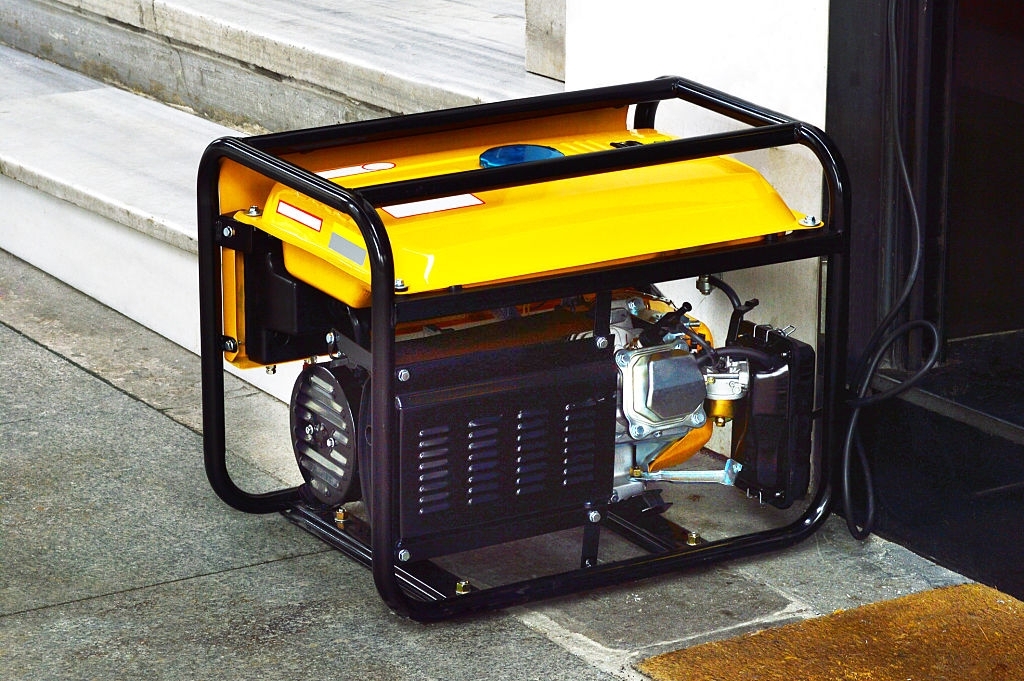Table of Contents

Electric power is probably the most important invention for people’s daily development. It is extremely necessary to carry out our tasks and lead a normal life. So, it’s a big problem when we’re doing an activity and suddenly the power goes out.
That’s why there are a lot of tools to solve this problem. One of them is the use of an electric generator. You will notice that among the most chosen ones you will find the 50 amp generator.
However, proper maintenance is necessary if we are to obtain good performance. Otherwise, it will be easy to encounter some unforeseen events at the moment you need it most. That is why we will describe three infallible methods for your generator to work properly.
First process
It is important that at least twice in the same year you provide adequate service to your generator. Even if you have not used your generator for a long time, you should check it anyway. The best times to perform this maintenance are in the fall and spring.
Usually, the entire maintenance process will take no more than an hour. Therefore, it is not recommended to delay this procedure, as it can be harmful. We don’t want to run out of energy at the most important times, do we? Otherwise, you will regret not having spent an hour on your generator, believe me!
To organize yourself in a better way, you can count on a record book. This will make it easier to know the exact moment you have performed certain maintenance.
You can also add any problems you have encountered and the solution to them. It would be something like the medical history of your generator. This will make future problems easier to solve.
Second process
As a first step, you should check the condition and general functioning of your generator. In this case check the buttons, the cables, and the various components. Each of these parts should work correctly. Also, it is advisable to clean all traces of dirt and debris inside and outside.
As a next step, you should repair any loose or stuck components or parts. Besides, check the amount of distilled water in your battery. Generally, you should replace the water every two or three years.
Also, it is advisable to change the filters and lubricating oil. However, you do not need to do this twice a year. In this case, you can only perform this task once a year. Besides, your new logbook will remind you of the exact date you performed this step.
Furthermore, you should replace the oil inside every 40 hours of operation. This should be done on air-cooled machines. However, if you have a liquid-cooled machine, the oil change is different. In the latter case, you should wait about 100 hours of operation. Of course, you should check that you are using the correct lubricating oil.
Each of the spark plugs in your generator should be properly cleaned once the task is completed. In turn, check every single screw in your entire generator. Remember that vibrations produced during operation can loosen some important screws.
If it has been too long since you have used your generator, it is advisable to replace the fuel inside. So, after a certain time, the fuel loses all the effects it can provide. Other effective alternatives are generators that use liquid propane or natural gas.
How you should next check the most important parts and components of your generator. In particular, these parts are the fuel pump, turbocharger, injectors, and automatic voltage regulator.
Finally, start your generator and run it for a few minutes. In this last step, the important thing is to check that your generator is working properly. Also, we recommend that you turn on your generator every two or three months, even if you don’t need it.
Third process
Once you have performed the above procedures you can finish by following the last three steps. In this way, you will have completed good maintenance for your generator.
When you finish each use, you will need to clean every part of your generator. To do this completely you must remove all traces of fuel, organic matter, sludge, or grease. Remember that when these traces of dirt accumulate, the overall performance will be worse. Besides, it’s not very pleasant, is it?
It is important to use completely clean rags every time you want to clean your generator. Besides, to clean the fans properly you can use a compressed air fan.
Also, check your generator for any signs of corrosion. In case there is, there is no need to despair as you will be able to fix it very easily. In a very simple way, you will be able to solve this inconvenience with the use of some inhibitor products. This is an accessory that is very easy to get these days.
Finally, it is necessary to have the right place to store your generator. In other words, the right place should not have water or humidity in the surroundings. So, the drier space, the less inconvenient your generator will be. Besides, you should avoid having a place filled with mud, dust, and dirt.
FAQ´s
Is it OK to let a generator run out of gas?
It is not recommended to use a generator when you run out of gas. This will only be a drawback to the operation of your generator.
How long will a generator last?
The range of life can vary between 10,000 and 20,000 hours of operation. The specific amount depends on the quality of the generator.
Can you run a generator all day?
Usually, some generators are designed to run for 8 to 12 hours. If you leave it running, your generator for days or weeks could be harmful.
Final Words
Once you perform the proper maintenance your generator will have the best performance. So sudden power outages will no longer be a major problem. So, knowing how to maintain a generator is of great importance. Plus, you’ll avoid spending money on future repairs to a maintenance-free generator.






